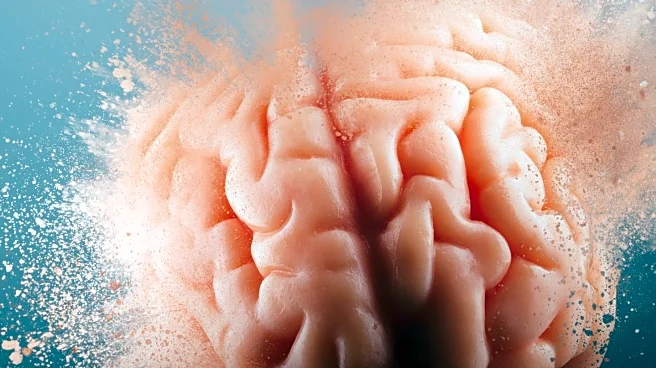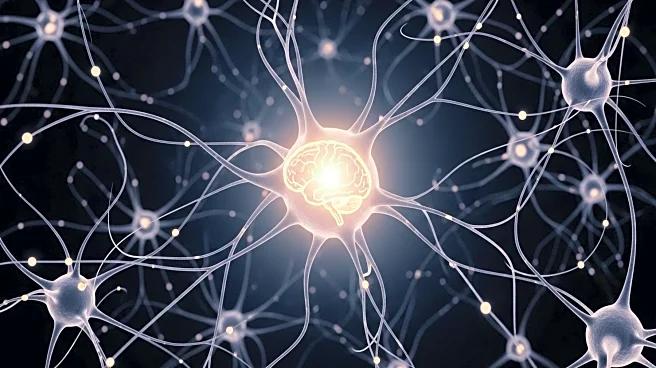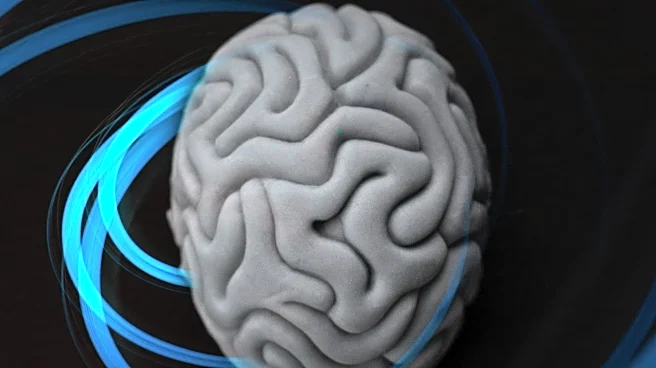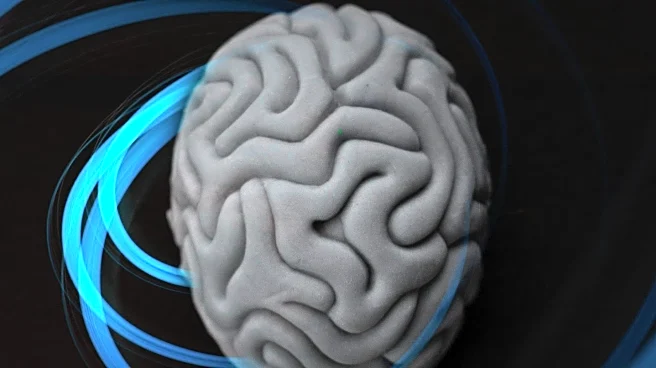What's Happening?
Recent research conducted by Charles Zuker at Columbia University has identified a brain structure, the bed nucleus of the stria terminalis (BNST), that plays a significant role in food consumption. The study involved imaging the brains of mice as they consumed water flavored with various tastes, including sweet, bitter, sour, salty, and umami. The research found that neurons in the amygdala were activated by sweet tastes, which then triggered neurons in the BNST. This discovery marks the first evidence that the BNST receives taste signals. Further experiments showed that genetically engineered mice, whose BNST neurons were not activated by sweet tastes, consumed less sweet water, indicating that BNST neuron activation enhances sweet taste consumption. Additionally, BNST neurons were more active in hungry or salt-depleted mice, suggesting the BNST integrates hunger and nutrient signals to influence food intake.
Why It's Important?
The findings have significant implications for understanding human food consumption, as the BNST in humans is similar to that in mice. This research could lead to the development of drugs targeting BNST neurons to encourage eating in individuals with severe appetite loss, such as cancer patients. Moreover, the study provides insights into improving weight-loss treatments, like the GLP-1 drug semaglutide, which interacts with BNST neurons. Understanding how BNST activity affects food intake could enhance the effectiveness of such treatments, particularly for individuals with poor responses. The research highlights the complexity of brain pathways involved in food consumption, suggesting that multiple feeding circuits may need to be targeted simultaneously for effective intervention.
What's Next?
Future research may focus on developing drugs that specifically activate BNST neurons to regulate food intake in humans. Additionally, further studies could explore the interaction between BNST neurons and other brain pathways linked to food consumption. This could lead to more comprehensive treatments for appetite-related issues and weight management. Researchers may also investigate how existing weight-loss drugs can be optimized by understanding their effects on BNST activity, potentially improving outcomes for patients with varying responses to these treatments.
Beyond the Headlines
The study opens up ethical considerations regarding the manipulation of brain structures to control eating behaviors. It raises questions about the long-term effects of such interventions and the potential for misuse in non-medical contexts. Additionally, the research may contribute to broader discussions on the biological determinants of eating habits and their implications for public health policies aimed at addressing obesity and eating disorders.













